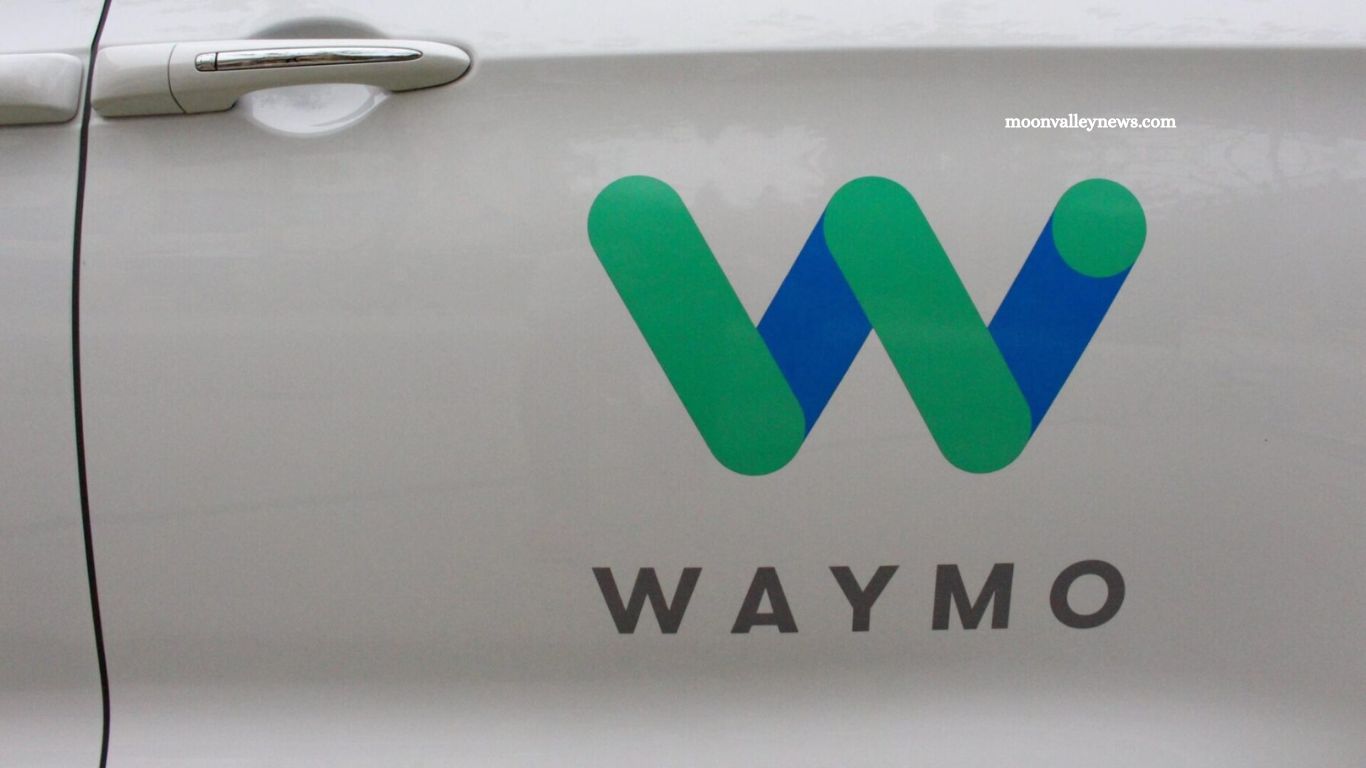New York City’s streets are about to experience a technological shift unlike any other. As if taxi drivers weren’t already feeling the squeeze from rideshare giants like Uber and Lyft, Mayor Eric Adams announced on Friday that Google’s autonomous vehicle subsidiary, Waymo, has received official permission from the New York Department of Transportation to test fully self-driving cars in the city. This will mark the first time fully autonomous vehicles operate within New York City, heralding a new era for urban transportation.
Read More: Kristi Noem Proposes Major Investment in Deportation Aircraft for ICE: Report
Waymo’s First Foray into NYC
Waymo plans to deploy eight vehicles in New York City starting in September, initially operating in Manhattan and Downtown Brooklyn. According to CNBC, there is potential for expansion to other boroughs in the future. While the vehicles will function autonomously, New York State regulations require a human driver to remain behind the wheel at all times for safety and intervention purposes.
Waymo first applied for the permit in June and hinted at lobbying efforts to change the law, but given the city’s supportive stance toward technological innovation, the company may find approval easier than anticipated.
Mayor Adams emphasized his administration’s tech-friendly approach, stating:
“We’re a tech-friendly administration and we’re always looking for innovative ways to safely move our city forward. New York City is proud to welcome Waymo to test this new technology in Manhattan and Brooklyn, as we know this testing is only the first step in moving our city further into the 21st century.”
Last year, Adams approved a program that allows autonomous vehicle testing in New York as part of an initiative to attract innovative companies like Waymo into the city.
A Long Road to the Big Apple
Waymo’s journey to New York City has been anything but swift. The company first expressed interest in entering the city in 2021, bringing vehicles for data collection rather than full autonomous operation. These early trips were mostly manually driven, focusing on understanding the challenges of navigating icy streets, dense urban traffic, and heavily populated areas.
Four years later, the company is ready to test its vehicles under fully autonomous conditions, showcasing years of development, refinement, and technological innovation. New York City, often considered a “white whale” for self-driving vehicle operators, presents one of the most challenging environments in the United States. Successfully operating here would validate Waymo’s technology in some of the world’s most demanding driving conditions.
Waymo’s Expanding Footprint
Waymo is no stranger to urban testing and operations. The company currently operates in Phoenix, San Francisco, Los Angeles, and Austin, completing over 250,000 rides per week. In the coming year, Waymo plans to expand to Atlanta, Miami, Dallas, and Washington, D.C., adding more than 2,000 cars to its fleet.
Entering New York City would be a major milestone for the company, not only from a business perspective but also in demonstrating the practical viability of autonomous vehicles in complex urban environments. For city residents, it represents a glimpse of a transportation future that is both innovative and highly automated.
Safety, Regulations, and Public Perception
Safety remains a central concern in the rollout of autonomous vehicles. New York State law requires a human driver to be present in each vehicle during testing. These safety measures aim to prevent accidents and ensure smooth intervention if unforeseen situations arise.
Public perception of self-driving cars is still evolving. While many are excited about the potential for faster, more efficient, and environmentally friendly urban mobility, some remain wary of technology operating independently in crowded city streets. Waymo’s careful, staged rollout strategy aims to build public confidence while demonstrating the reliability of autonomous vehicles in real-world conditions.
Economic and Cultural Implications
The introduction of autonomous vehicles has significant economic implications, particularly for the city’s taxi and rideshare industries. While drivers have already faced pressure from companies like Uber and Lyft, the entry of self-driving cars introduces new competitive dynamics.
Beyond economics, there’s also a cultural aspect. New Yorkers have long prided themselves on their unique driving style, a mix of assertiveness, instinct, and streetwise navigation. The integration of autonomous vehicles may reshape this dynamic, blending technology with one of the city’s most iconic characteristics. In a modern twist on the classic “I’m walkin’ here!” moment immortalized in Midnight Cowboy, we may soon witness human drivers and autonomous vehicles coexisting in Manhattan traffic.
Waymo’s Technology: How It Works
Waymo’s autonomous vehicles are equipped with an array of sensors, including LiDAR, radar, and cameras, allowing them to navigate complex city streets safely. The vehicles use artificial intelligence to interpret real-time data, anticipate pedestrian and vehicle behavior, and make driving decisions without human input.
The company continuously updates its software through machine learning algorithms, drawing insights from millions of miles of driving data accumulated in various environments across the United States. These improvements help the vehicles adapt to new conditions, including heavy traffic, construction zones, and adverse weather.
Environmental Impact
Autonomous vehicles like Waymo’s also promise environmental benefits. Many of these vehicles are electric or hybrid, reducing emissions compared to traditional gasoline-powered cars. If widely adopted, autonomous ride-hailing services could lower overall vehicle congestion and contribute to cleaner urban air.
The Road Ahead: Challenges and Opportunities
Despite the excitement, challenges remain. Navigating one of the busiest and most unpredictable cities in the world will test Waymo’s technology to its limits. Issues such as navigating emergency vehicles, unpredictable pedestrian behavior, and complex traffic patterns are critical hurdles.
However, successful deployment in New York City could open doors for broader adoption of autonomous vehicles nationwide. It could accelerate city planning around self-driving technology, influence policy decisions, and inspire further innovation in urban mobility.
Frequently Asked Questions (FAQs)
What is Waymo?
Waymo is an autonomous vehicle company and a subsidiary of Alphabet Inc., Google’s parent company. It develops self-driving technology and operates a ride-hailing service using autonomous vehicles in several U.S. cities.
When will Waymo’s self-driving cars start operating in New York City?
Waymo plans to deploy eight autonomous vehicles in Manhattan and Downtown Brooklyn starting in September. The program may expand to other boroughs in the future.
Will these cars operate completely without a human driver?
While the vehicles operate autonomously, New York State law requires a human driver to remain behind the wheel at all times for safety and intervention if needed.
Why is New York City significant for Waymo?
New York City is one of the most complex and densely populated urban environments in the U.S., making it a challenging market for autonomous vehicles. Successfully operating here would demonstrate the reliability and adaptability of Waymo’s technology.
How many cities does Waymo currently operate in?
Waymo currently operates in Phoenix, San Francisco, Los Angeles, and Austin, completing over 250,000 rides per week. The company plans to expand to Atlanta, Miami, Dallas, and Washington, D.C. in the near future.
Are Waymo’s vehicles safe?
Waymo’s vehicles are equipped with advanced sensors, cameras, and LiDAR technology, enabling them to navigate streets safely. Each vehicle also has a human driver for intervention, ensuring compliance with safety regulations.
What areas of New York will the vehicles cover first?
The initial rollout will focus on Manhattan and Downtown Brooklyn, with the potential for future expansion to other boroughs based on testing outcomes and regulatory approval.
Conclusion
Waymo’s entry into New York City marks a historic milestone in the evolution of transportation. It reflects a growing trend of integrating cutting-edge technology into everyday urban life while highlighting the ongoing balance between innovation, safety, and public acceptance. As the first fully autonomous cars prepare to navigate Manhattan and Brooklyn streets this September, New Yorkers are witnessing the future of mobility unfold in real time.







